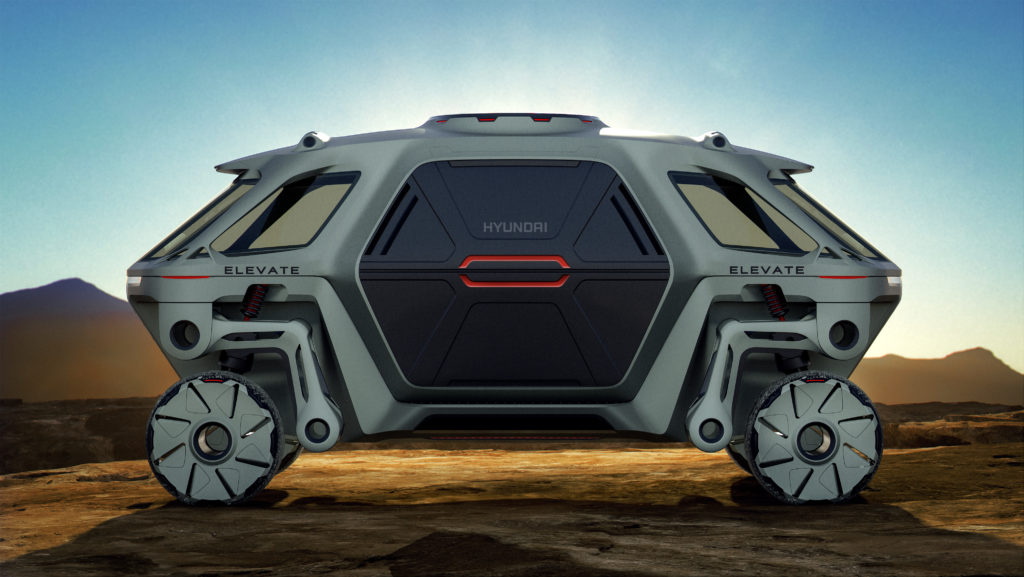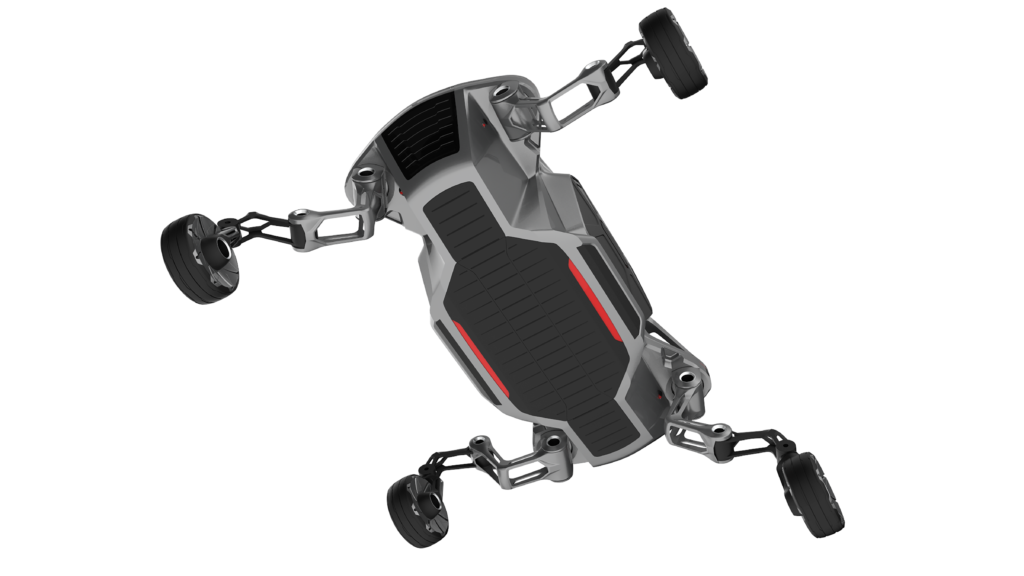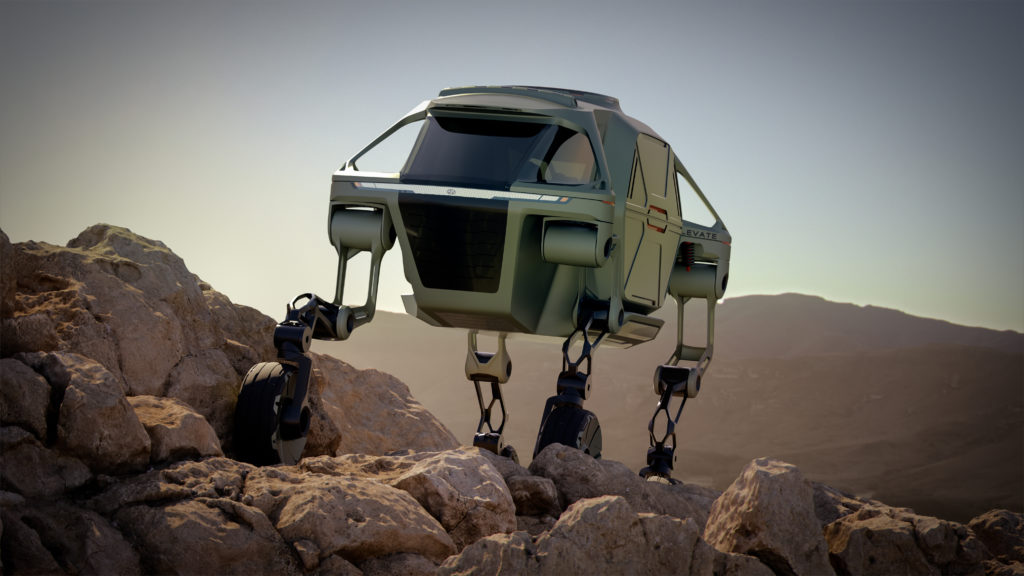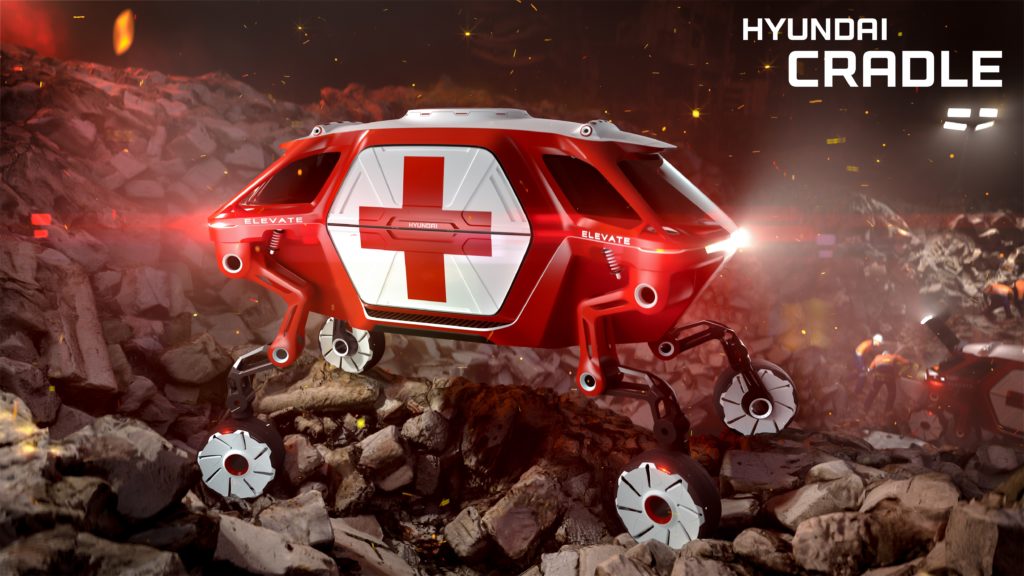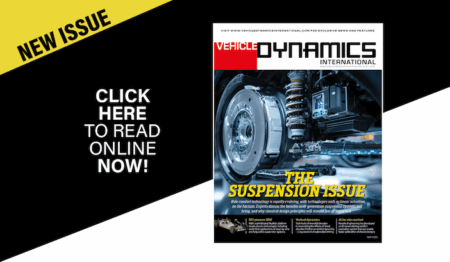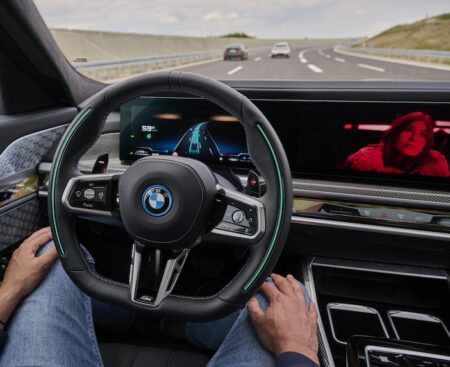Just when you think you’ve seen it all in the vehicle dynamics sector, an idea comes along that completely disrupts conventional thinking in automotive engineering, and for good reason: saving lives. Hyundai has recognized that the first 72 hours following a natural disaster are the most crucial to saving lives. However, due to the nature of such disasters, be they forest fires, earthquakes, hurricanes or floods, it can be difficult for search-and-rescue and humanitarian aid missions to reach and get immediate help to those in need. The answer could be the Hyundai Elevate Concept, which could be said to represent a reinvention of the wheel, being the first vehicle with moveable legs, which allow it to traverse terrain beyond the limitations of today’s off-road vehicles.
Elevate is the product of Hyundai’s CRADLE division, the South Korean carmaker’s corporate venturing and open innovation business which partners with and invests in global startups to accelerate and disrupt automotive technologies. For the Elevate project the division has been working with Sundberg-Ferar over the last three years, a Detroit-based product innovation studio established in 1934 which specializes in innovation strategy, design research, industrial design, user interface, engineering and prototyping.
“When a tsunami or earthquake hits, current rescue vehicles can only deliver first responders to the edge of the debris field. They have to go the rest of the way by foot. Elevate can drive to the scene and climb right over flood debris or crumbled concrete,” explained John Suh, VP and head of Hyundai CRADLE. “This technology goes well beyond emergency situations. People living with disabilities worldwide that don’t have access to an ADA [Americans with Disabilities Act] ramp could hail an autonomous Hyundai Elevate that could walk up to their front door, level itself, and allow their wheelchair to roll right in. The possibilities are limitless.”
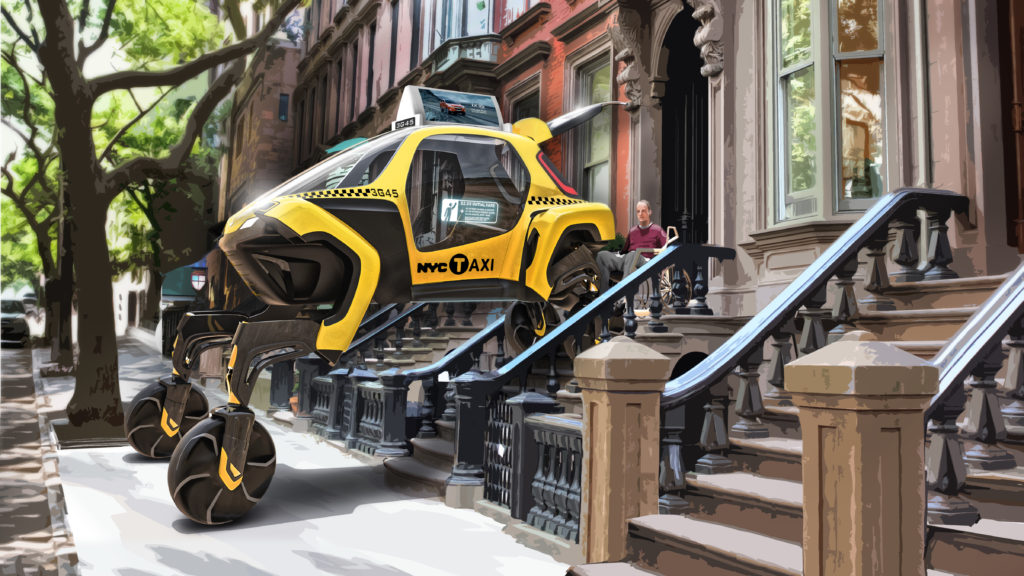
The concept is based on a modular EV platform, upon which different bodies can be mounted to suit specific situations. The robotic leg architecture has five degrees of freedom (5DOF) plus wheel hub propulsion motors and is powered by electric actuators. This design is capable of both mammalian and reptilian walking gaits, allowing it to move in any direction.
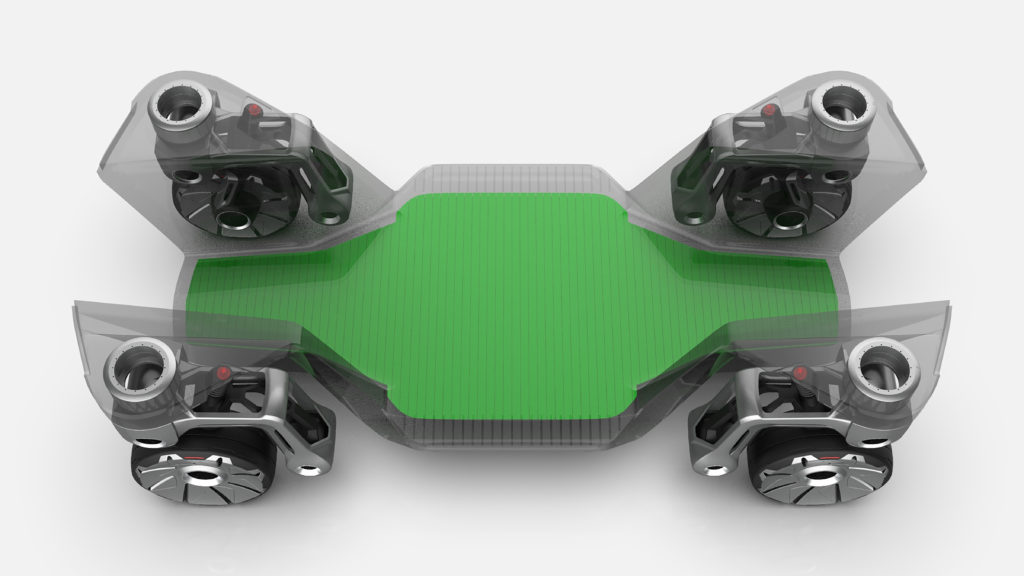
According to the design partners, the legs can be folded up into a stowed drive-mode, whereby power to the joints is cut, and an integrated passive suspension system maximizes battery efficiency. This setup allows Elevate to drive at highway speeds just like any other vehicle. However, unlike any other vehicle, the vehicle can also climb a 5ft wall, step over a 5ft gap, walk over diverse terrain, and achieve a 15ft-wide track width, all while keeping its body and passengers completely level. Further, the combination of wheeled motion with articulating legs provides a new paradigm of mobility by enabling faster walking speeds, unique dynamic driving postures and torsional control at the end of each leg.
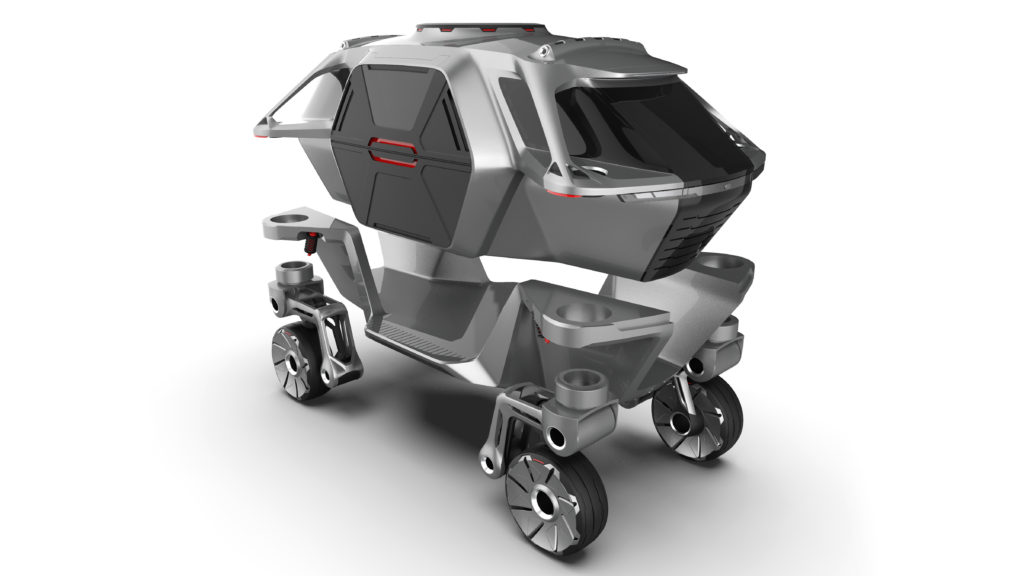
“By combining the power of robotics with Hyundai’s latest EV technology, Elevate has the ability to take people where no car has been before, and redefine our perception of vehicular freedom,” said David Byron, design manager at Sundberg-Ferar. “Imagine a car stranded in a snow ditch just 10ft off the highway being able to walk or climb over the treacherous terrain, back to the road potentially saving its injured passengers – this is the future of vehicular mobility.”
